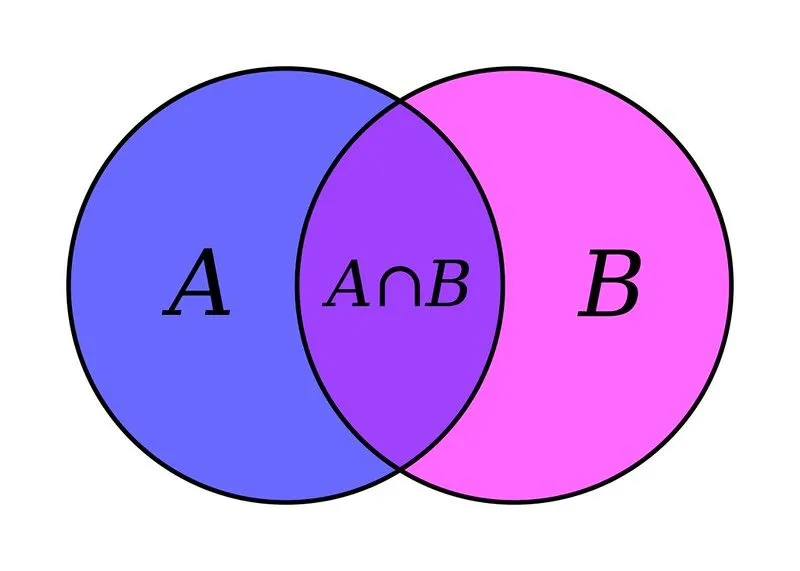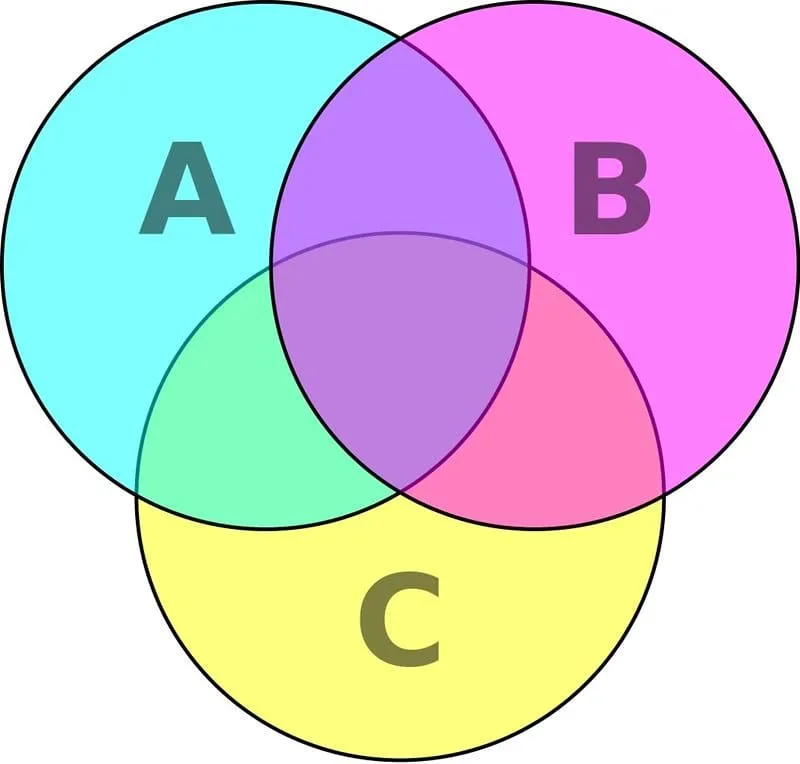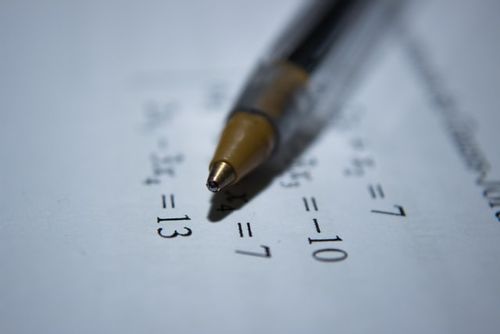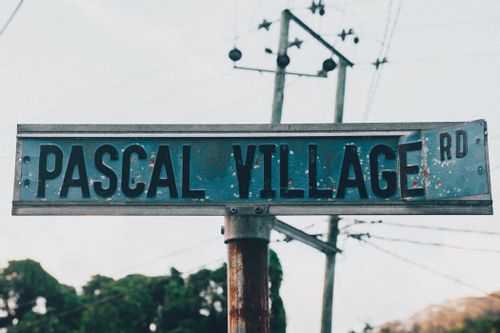FOR AGES 7 YEARS TO 11 YEARS
The Venn diagram (KS2) is an important and recurring part of a child's education, and so it can be useful for parents to have a good understanding of them to make it easier to teach and guide your kids with their Key Stage 2 Maths education.
We will take a look at what exactly a Venn diagram is, when to use them, how to read them and the purpose they serve. They are sure to crop up numerous times throughout the Year 5 and Year 6 syllabus, and therefore parents will encounter them in school projects and homework throughout the year, so read on to re-familiarise yourself with the Venn diagram!

A Venn diagram is a specific method of presenting information by grouping and categorising items into different sections, which is shown in a clear, visual format. Invented by mathematician John Venn in 1880, these graphics typically have two or three circles with overlapping edges.
Each circle has its own 'rule', however. If both rules apply to one item, then it should be placed in where the circles overlap. Primary school Venn diagrams will be much simpler, often with no overlap. This is because teachers will be encouraging children to learn to simply sort items, whether that is an object, description or number. The simple KS1 Venn diagrams that children used in primary school become more complex, with objects or items that do not fit into either 'A' or 'B'.

In a two-circle Venn diagram, you can sort a given group of data into one of three 'sets'.
The first circle contains Set A, and Set B goes into the second one. Where the two circles overlap is the third group of information (Set C).
The information in Set C is true for both Sets A and B. You could write the data point twice, once in each circle, but it is more efficient to put it into the third space where the two circles overlap.
For example, if Set A is for 'Oranges' and Set B is for 'Apples', there will be some data points that apply only to oranges or apples, but there will also be some data points that are true for both oranges and apples. Where both rules apply, the data point should be entered into the space where the two circles overlap.

The same formula applies whether there are two, three, four or more circles in the Venn diagram. There are many more options and it can look more complex, however, the diagram is always based on the same simple sorting technique.
The universal set is all the information and the different elements and parts of the Venn diagram. The universal set includes all of the data.
This includes the names, objects or items that need to be sorted, as well as the circles and the space around them. Information that doesn't fit either of the rules should be placed outside of the diagram, as it is important that this data point is still included in the overall picture of the Venn diagram.
There are some great resources online that teachers and parents could search for if they want to help teach Venn diagrams. Simply search any number of online resources and education websites, looking for clear examples that show how these diagrams could be used in real life situations to help present data in a clear, easy to read way.
Read The Disclaimer
At Kidadl we pride ourselves on offering families original ideas to make the most of time spent together at home or out and about, wherever you are in the world. We strive to recommend the very best things that are suggested by our community and are things we would do ourselves - our aim is to be the trusted friend to parents.
We try our very best, but cannot guarantee perfection. We will always aim to give you accurate information at the date of publication - however, information does change, so it’s important you do your own research, double-check and make the decision that is right for your family.
Kidadl provides inspiration to entertain and educate your children. We recognise that not all activities and ideas are appropriate and suitable for all children and families or in all circumstances. Our recommended activities are based on age but these are a guide. We recommend that these ideas are used as inspiration, that ideas are undertaken with appropriate adult supervision, and that each adult uses their own discretion and knowledge of their children to consider the safety and suitability.
Kidadl cannot accept liability for the execution of these ideas, and parental supervision is advised at all times, as safety is paramount. Anyone using the information provided by Kidadl does so at their own risk and we can not accept liability if things go wrong.
Kidadl is independent and to make our service free to you the reader we are supported by advertising.
We hope you love our recommendations for products and services! What we suggest is selected independently by the Kidadl team. If you purchase using the buy now button we may earn a small commission. This does not influence our choices. Please note: prices are correct and items are available at the time the article was published.
Kidadl has a number of affiliate partners that we work with including Amazon. Please note that Kidadl is a participant in the Amazon Services LLC Associates Program, an affiliate advertising program designed to provide a means for sites to earn advertising fees by advertising and linking to amazon.
We also link to other websites, but are not responsible for their content.
Was this article helpful?



Browse Category



We’ll send you tons of inspiration to help you find a hidden gem in your local area or plan a big day out.



Check your inbox for your latest news from us. You have subscribed to:
Remember that you can always manage your preferences or unsubscribe through the link at the foot of each newsletter.